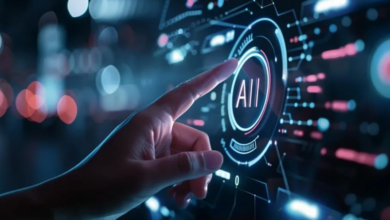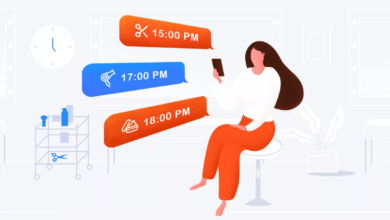AI Image Generators: How They Work and Why They Matter

AI image generators utilize sophisticated algorithms and neural networks to transform text prompts into visual art. They analyze extensive datasets to identify patterns and aesthetics, making creative expression more accessible. This technology is reshaping the creative industry, prompting discussions about artistry and ownership. As these systems evolve, the implications for ethics and diversity in art become increasingly significant, raising questions about the future of creativity and representation in digital spaces.
Understanding the Technology Behind AI Image Generators
The technology underpinning AI image generators is a complex interplay of algorithms and machine learning models.
Central to this process are neural networks, which enable sophisticated image synthesis by learning patterns from vast datasets. These networks analyze and replicate visual elements, allowing users to create unique images.
The Creative Process: From Text Prompts to Visual Art
Many artists and creators leverage AI image generators to transform simple text prompts into intricate visual art.
This process involves text interpretation, where the AI deciphers linguistic nuances, followed by visual translation, converting those meanings into vivid imagery.
Impact on Artists and the Creative Industry
AI image generators are reshaping the landscape for artists and the broader creative industry.
They challenge notions of artistic authenticity by producing works that can mimic established styles. This raises significant copyright concerns, as creators grapple with ownership and originality in a digitally generated context.
As a result, artists must navigate these complexities to maintain their unique voices and protect their creative rights.
The Future of AI in Visual Content Creation
As technological advancements continue to evolve, the future of visual content creation appears increasingly intertwined with artificial intelligence capabilities.
AI advancements promise to enhance visual storytelling, enabling creators to produce engaging content efficiently.
However, ethical considerations and accessibility issues remain critical, as the integration of AI must ensure inclusivity while addressing potential biases, ultimately shaping a more diverse and equitable creative landscape.
Conclusion
In a world where algorithms wield brushes and pixels dance to the tune of text prompts, the traditional artist may soon find themselves in a quaint museum of nostalgia. As AI image generators churn out art with the efficiency of a coffee machine, one must ponder: are we witnessing the dawn of a creative utopia or simply the rise of a digital assembly line? Perhaps the next great masterpiece will be signed "Ctrl + P," leaving originality in the dust.




